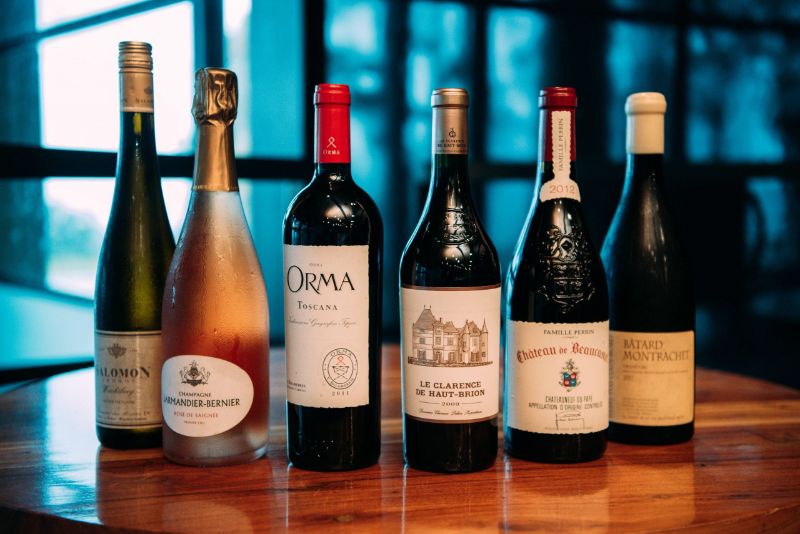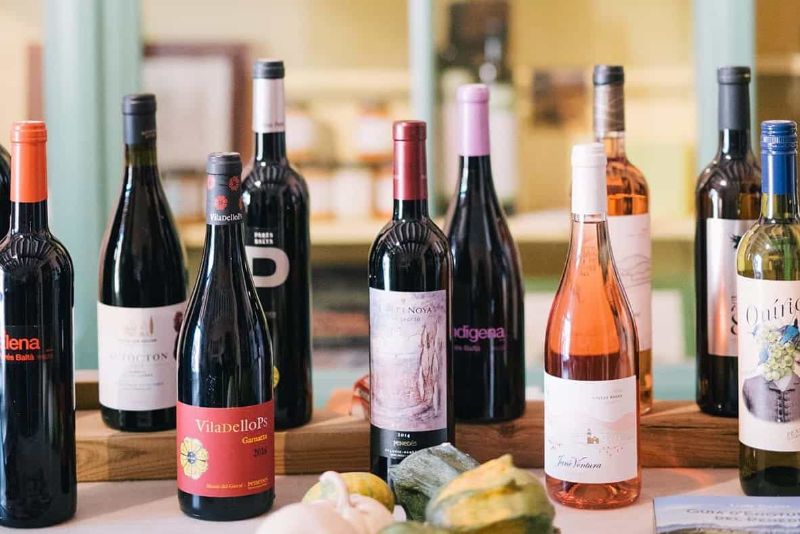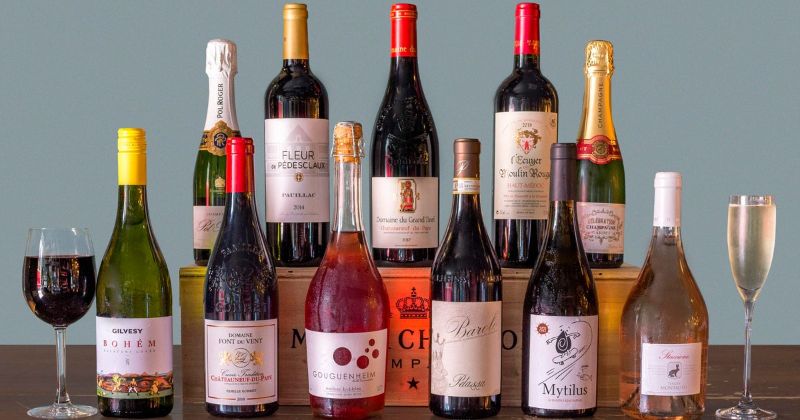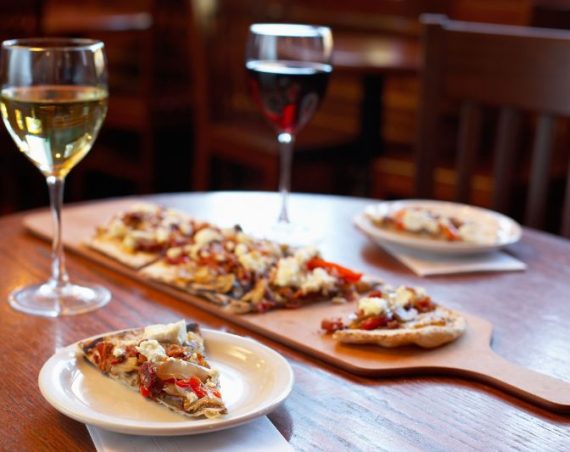In this exploration of Intriguing Red Wine Names, we embark on a journey to decode the secrets behind the labels. We will delve into the art of naming red wines, unravel the influences of regions and grape varietals, and uncover the marketing strategies that make certain names iconic. Along the way, we’ll discover how these names affect our perception and tasting experience, and we’ll witness the evolving trends in the world of wine naming.
The Art of Naming Red Wines
The names of red wines are far from arbitrary; they are carefully selected, encapsulating the essence of the wine, the region it hails from, and the story it wishes to tell. Each name is a brushstroke in a larger canvas, a piece of the intricate puzzle that makes wine an experience beyond taste and aroma.
In The Art of Naming Red Wines, we will embark on a journey through the creative process of wine naming. We will explore the factors that influence the choice of names, such as grape varietals, regions, and historical significance. Through the lens of winemakers and vineyards, we’ll uncover how a name can evoke a sense of place, a feeling, or a memory.
Some Iconic Red Wine Names
Châteauneuf-du-Pape: Hailing from the Rhône region of France, this wine carries a name that means “New Castle of the Pope.” It’s renowned for its full-bodied and complex character.
Bordeaux: Bordeaux wines are synonymous with elegance and class. This iconic name represents the famous wine region in southwestern France, producing a wide range of red wine blends.
Barolo: Known as the “King of Wines,” Barolo is a prestigious red wine from the Piedmont region of Italy. It’s celebrated for its bold, complex, and long-aging Nebbiolo grape-based wines.
Merlot: Merlot is a widely recognized and loved red wine varietal known for its soft, approachable character with notes of plum, cherry, and a hint of spice.
Cabernet Sauvignon: This grape varietal’s name is synonymous with red wine excellence. Cabernet Sauvignon wines are known for their rich, dark fruit flavors and aging potential.
Pinot Noir: Pinot Noir is celebrated for its delicacy and complexity, offering flavors of red berries and earthy notes. It’s known as the “heartbreak grape” due to its challenging cultivation.

Syrah/Shiraz: Known by different names in different regions, Syrah or Shiraz wines can be rich and full-bodied with flavors of black fruits, spices, and a hint of black pepper.
Zinfandel: Zinfandel, particularly in California, produces wines with bold and juicy fruit flavors. It’s renowned for its versatility and range of styles.
Malbec: Malbec has gained fame in Argentina, producing robust and deeply colored red wines with flavors of dark fruit and hints of chocolate.
Rioja: Hailing from the Rioja region in Spain, Rioja wines are well-known for their traditional winemaking techniques, offering a balanced and elegant profile.
Significance of Wine Labels and Names in Marketing and Consumer Perception
1. First Impressions Matter
Wine labels are often the first point of contact between the consumer and the product. A well-designed label can catch the eye, spark curiosity, and entice the consumer to explore further.
2. Conveying Identity and Region
The name and label provide essential information about the wine’s origin, varietal, and often its style. A name like “Bordeaux” instantly conjures images of the renowned French region, while “Napa Valley” denotes the prestigious California winegrowing area.
3. Storytelling
Wine labels and names often tell a story. They can narrate the winemaker’s journey, the vineyard’s history, or a special vintage’s unique qualities. These stories engage consumers on a deeper level.
4. Branding and Recognition
Iconic wine labels and names become brands with a loyal following. A well-established name like “Châteauneuf-du-Pape” signifies quality, creating trust and recognition.
5. Aesthetic Appeal
Aesthetics matter. Artistic labels enhance the perceived value of the wine, making it a desirable collectible or gift. The label’s design can reflect the wine’s character, from minimalist elegance to whimsical charm.

6. Consumer Expectations
Wine names can set expectations. A name like “Chardonnay” hints at a certain flavor profile, while “Barolo” suggests a bold, complex wine. This helps consumers make informed choices.
7. Emotional Connection
Wine labels and names can create emotional connections. A name or label that resonates with a personal experience or sentiment may lead to a stronger bond with the product.
8. Marketing and Differentiation
Distinctive labels and names are powerful marketing tools. They differentiate one wine from another in a crowded market, allowing consumers to find their preferences.
9. Influence on Perception
Research shows that the label and name can influence the consumer’s perception of the wine’s taste. An intriguing name or an appealing label can enhance the overall tasting experience.


